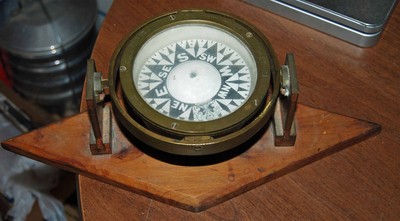
The in-house chronograph of such magnitude, architecture and finish was the new ladder. In 1999 at the the turn of the century, after decades passing by without a new chronograph movement, a company that was merely 9 years old came up with the most unexpected – an in-house chronograph: caliber L951.1of the Datograph Flyback. Lange & Söhne found the area that it wanted to focus – it was not on the front, but hidden for connoiseurs. Lange & Söhne needed to take a different approach to almost everything, except the established dominant design features such as chronograph registers, or pushers, tachymeter scale… But everything else had to be reconsidered. Lange & Söhne to step-out from such established competition from product point of view there was only one way out: Create your own ladder or disappear.Ĭreating a ladder however is not an easy feat. Who do you have in mind when one speaks about a chronograph? Patek Philippe, Vacheron Constantin, Audemars Piguet etc.

Now, please try to apply the product ladder theory to the watch industry and prospects’ state of mind during 1990s. Lange & Söhne ws, you need to compete with an already established ladder in the prospect’s mind. Basically each step of the ladder is a brand name and each different ladder represents a different category. In the famous business book Positioning – The Battle for Your Mind Jack Trout and Al Ries talks about a concept called Product Ladder. One of those complications is, without a doubt, the chronograph. Yet, one hit wonders do not work and there are some quintessential complications a manufacture has to master in order to gain a presence in the broader market. Lange & Söhne came up with Tourbillon Pour le Méritein 1994 signalling that it wants to fight for the highest echelon of complicated watchmaking.

Among many forces for the in-house production shift, there was a crucial one from a small town in Germany and this is its story: Datograph.Ī. However, as Newton explains in his first law of motion: an object will not change its motion unless a force acts on it.

We started to hear almost every manufacturé introducing so-called in-house movements which actually a considerable amount is the same movement with different brand stamps… In focus, one of the latest shifts within the industry was without a doubt the in-house trend that took place during the last 20 years where the traditional Swiss style outsourcing components left its place to vertical integration. It transitioned from putting out fundamental inventions where one could see their value with observatoire competitions and finally to gimmicky innovations to open up new markets and attract attention… Inevitably, the hardware part of the industry, the watchmaking also followed. It went from being utilitarian to functionally obsolete to luxurious, and as claimed today art pieces and status symbols boasted with provenance and stories. During its centuries of existance, the watch industry went through several paradigm shifts.


 0 kommentar(er)
0 kommentar(er)
